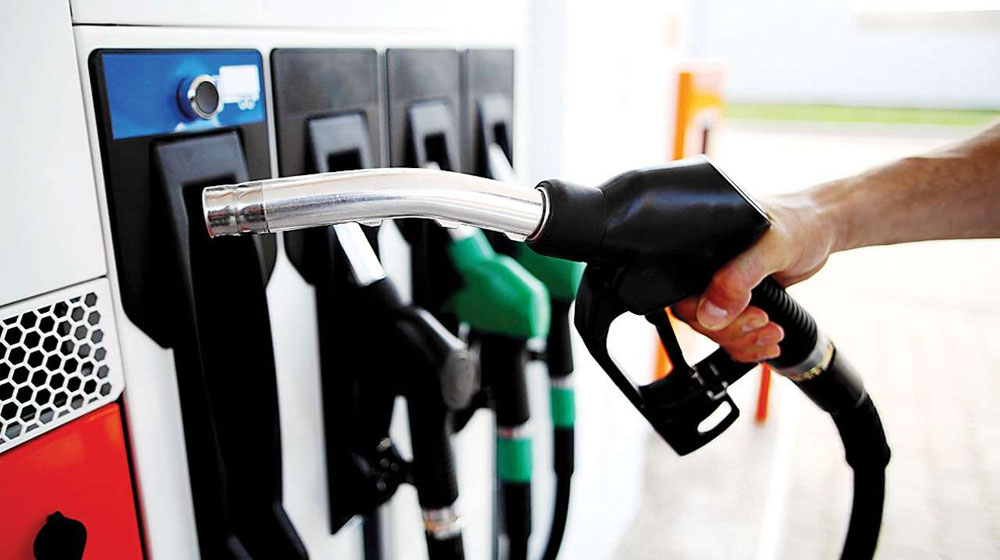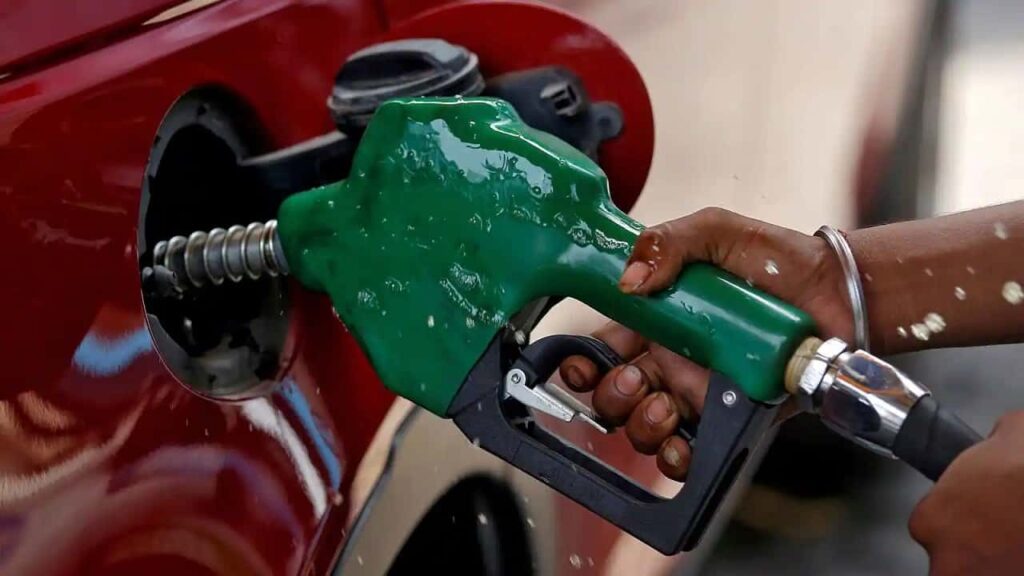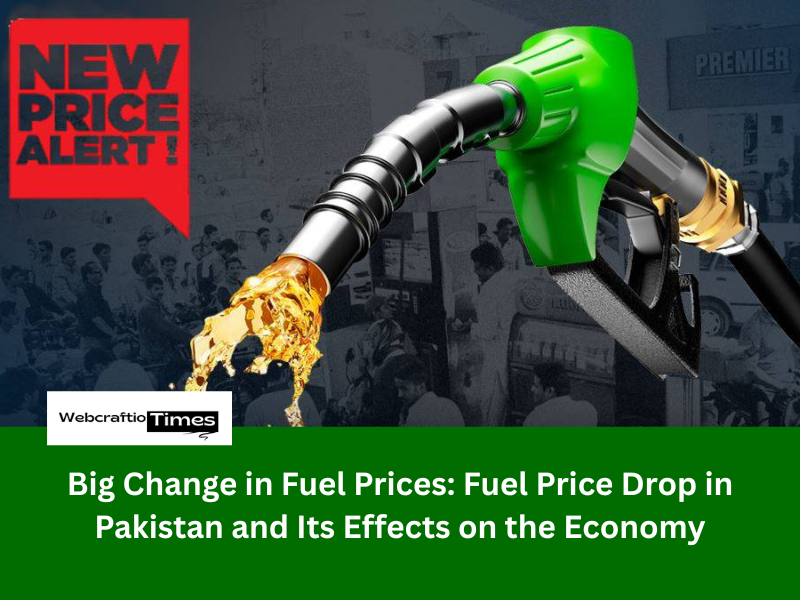The announcement of a reduction in fuel prices by the Government of Pakistan has brought a palpable sense of relief to millions of consumers and is a moment of significant economic contemplation. Effective from October 16, 2025, the new fortnightly prices have seen petrol price slashed by Rs5.66 per litre and High-Speed Diesel (HSD) reduced by Rs1.39 per litre, setting the stage for a potential, albeit temporary, reprieve from persistent inflationary pressures.
This downward adjustment, which places the new price of petrol at Rs263.02 and HSD at Rs275.41 per litre, is more than just a figure change; it represents the immediate impact of global market dynamics and domestic policy decisions on the daily lives of Pakistan’s populace. For an economy heavily reliant on imported energy, every rupee reduction at the pump offers a glimmer of hope for stability and affordability.
The Causes of the Drop: Both Local and Global Elements
Pakistan’s fuel prices are determined through a comprehensive mechanism that is reviewed every fortnight, a system designed to pass on the direct impact of international market fluctuations to the consumer. The recent price cut is primarily attributed to two interconnected factors:
- Softening International Oil Prices: Global crude oil markets have shown a degree of stabilisation and softening in price trends. Since Pakistan is a major importer of crude and refined petroleum products, a decline in international benchmarks directly lowers the cost of procurement for state-owned and private oil marketing companies.

- A Stable Rupee-Dollar Exchange Rate: The cost of importing oil is denominated in US Dollars. Over the review period, a relatively stable or appreciating Pakistani Rupee against the dollar significantly reduces the final landing cost of the imported fuel. This stable exchange rate, coupled with reduced crude oil prices, creates the necessary fiscal space for the government to announce a reduction.
The Oil and Gas Regulatory Authority (OGRA) plays a key role, compiling the price recommendations based on Platts data (international market prices) and the prevailing exchange rate, which are then forwarded to the Ministry of Finance for final approval and notification.
Expected Impact on Inflation and the Common Man
The most significant anticipation following a Petrol Price Cut in Pakistan is its effect on the country’s high inflation rate. Fuel acts as a foundational input cost for almost every sector of the economy.
- Reduction in Transport Costs: High-Speed Diesel (HSD), despite its lower per-litre cut, is the primary fuel for the country’s transport and logistics sector (trucks, buses, trains). A reduction in its price can, in theory, lower the operational costs for transporters. This decrease, in turn, should ideally lead to a subsequent reduction in the prices of vegetables, fruits, and other essential consumer goods. As transportation is a significant component of their final retail price.
- Relief for the Middle and Lower Classes: Petrol is consumed mainly by private transport. Including motorcycles, rickshaws, and small cars, which are the primary modes of transport for the middle- and lower-middle-income segments. The larger cut in the petrol price directly impacts their household budgets, leaving more disposable income for other necessities.
- Boosting Economic Activity: Lower fuel costs can reduce the cost of doing business. Particularly for small and medium enterprises (SMEs) that rely on internal transport and small machinery. This can provide a minor stimulus to the economy by easing input pressures on the manufacturing and agricultural sectors.
The Caveat: Transporters’ Response and Tax Burden
While the government’s move provides undeniable relief, its full impact is often moderated by real-world challenges. A common historical observation is that the transport sector is quick to raise fares when prices increase but often reluctant to reduce them when prices fall. The effective transmission of this fuel price relief to the common consumer through lower public transport fares and food prices will be the true measure of its success.
Furthermore, a significant portion of the final retail price of fuel in Pakistan still comprises government taxes and levies. Including the high Petroleum Levy and Climate Support Levy. For instance, the government continues to collect a hefty sum per litre on both petrol and diesel.
Want More Latest News and Updates ? : Visit Here
While these levies are a critical source of non-tax revenue for the government to meet its fiscal targets. Especially under IMF programmes. They also prevent consumers from fully benefiting from the drop in global crude oil prices. A sustained, substantial relief would require the government to consider a strategic reduction in the tax component. A move that remains fiscally challenging.
A Weekly Reality Check for the Future
Pakistan’s reliance on the fortnightly fuel review underscores the volatile nature of its economic management. This price adjustment, which also saw cuts in the prices of kerosene oil and light diesel oil. This is a welcome break in the relentless cycle of price hikes.

However, as the next price review looms on November 1, 2025. The long-term economic outlook will continue to be dictated by global geopolitical stability and the domestic currency’s performance. For now, the Pakistan fuel price drop offers a critical moment to breathe for consumers, businesses. And policymakers alike, serving as a reminder of how external factors can swing the pendulum of domestic affordability. Sustained economic well-being. However, requires deeper, structural reforms to reduce the country’s dependency on imported fuel and to stabilize the domestic currency.
FAQs on Pakistan’s Recent Fuel Price Drop
1. What were the exact price cuts announced?
The government announced a reduction of Rs5.66 per litre for petrol and Rs1.39 per litre for High-Speed Diesel (HSD).
2. When did these new reduced prices take effect?
The new, reduced prices became effective from October 16, 2025, and will remain in place for the following fortnight until the next price review.
3. What is the primary reason for this fuel price reduction?
The main reasons for the drop are the reduction in global crude oil prices in the international market and a relatively stable or appreciative Pakistani Rupee against the US Dollar. Which lowers the cost of imported fuel.
4. How often are fuel prices reviewed and changed in Pakistan?
Fuel prices in Pakistan are reviewed and adjusted by the government fortnightly (every two weeks) based on the recommendations of the Oil and Gas Regulatory Authority (OGRA).
5. Will this price drop significantly lower inflation in the country?
While the cut provides relief to consumers and reduces transportation costs. A significant long-term reduction in overall inflation is often limited. This is because a large portion of the final price still consists of government taxes and levies. And transporters do not always pass on the full benefit to consumers.



